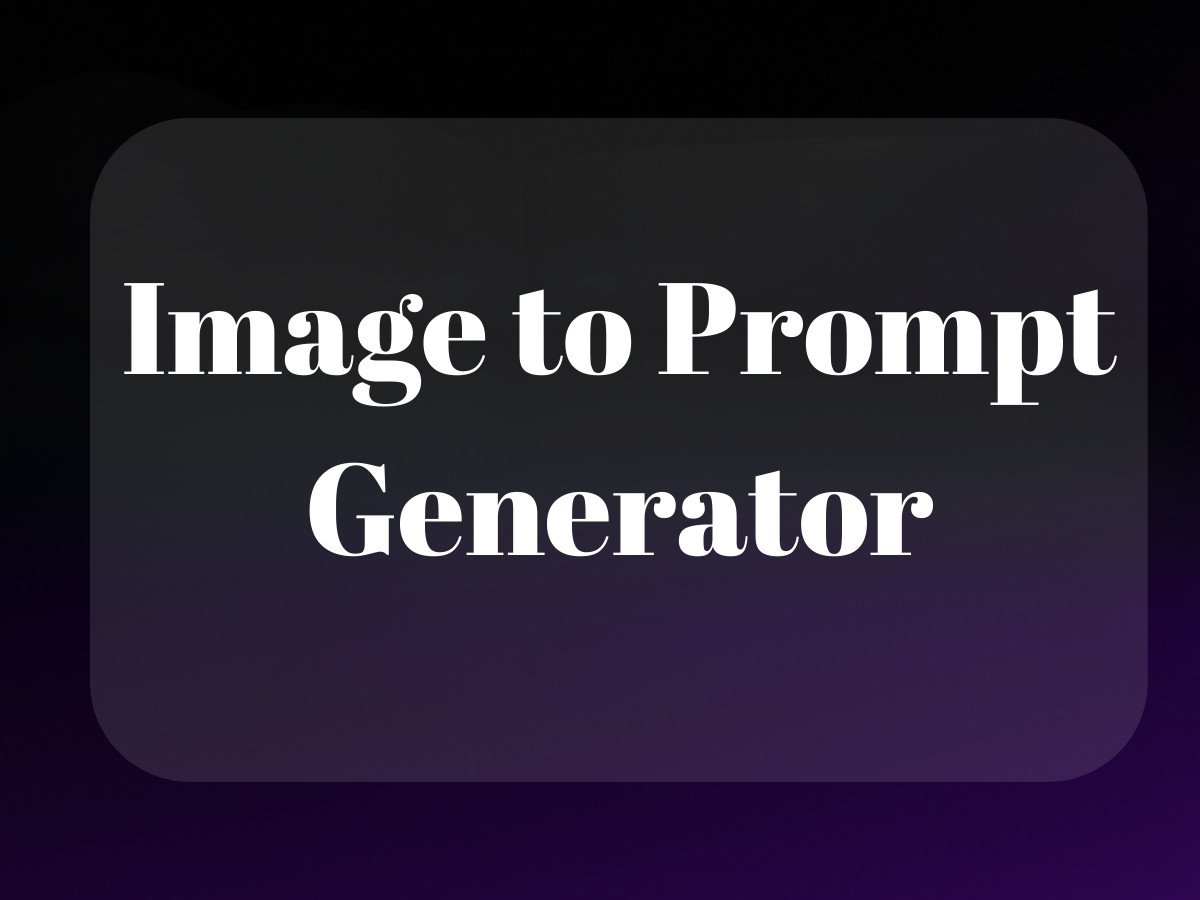The Evolution of Sentiment Analysis: From Simple Scoring to AI-Powered Emotional Intelligence
Remember when we thought AI would either be our savior or destroyer? Yet here we are, watching sentiment analysis tools struggle to understand if “This is sick!” means something’s awesome or terrible. The gap between sci-fi dreams and reality isn’t just amusing—it’s telling.

But here’s the thing: sentiment analysis tools aren’t failing us. We’re just asking them to do something incredibly human (understanding emotions) while forgetting that even humans mess this up regularly. Ever sent a text that was misinterpreted? Exactly.
Understanding Modern Sentiment Analysis Tools

Think of sentiment analysis tools as your brand’s emotional intelligence department. They’re not perfect, but they’re getting surprisingly good at figuring out how people really feel about your products, services, and content—often before you even realize there’s an issue.
The Basic Building Blocks
Most sentiment analysis tools work through three core approaches:
Rule-based systems are like your grammatically obsessive friend who judges emotions based on strict vocabulary rules. They’re fast and consistent but about as nuanced as a hammer. Machine learning approaches are more like seasoned bartenders—they’ve seen enough patterns to make educated guesses about emotional states. Hybrid systems combine both, kind of like having both your detail-oriented friend and the intuitive bartender working together.
Why Traditional Sentiment Analysis Falls Short
Traditional sentiment analysis tools are like those friends who take everything literally. They’ll tell you “This product is the bomb!” is negative because, well, bombs are bad, right? They miss context, cultural references, and the ever-evolving nature of language—especially in social media.
The AI Revolution in Sentiment Analysis
Enter large language models and advanced AI. These newer tools are like having a culturally aware, context-sensitive analyst who understands that “kill it” in a product review analysis probably means something good. They’re not perfect (show me an AI that consistently gets sarcasm right and I’ll show you a unicorn), but they’re getting better at understanding the nuances that make human communication fascinating and frustrating.
Real-world Applications for Brands
For ecommerce brands and content creators, modern sentiment analysis tools offer something crucial: the ability to understand emotional trends at scale. Imagine being able to track not just what people are saying about your latest product launch, but how they genuinely feel about it across different demographics and platforms.
The applications are pretty mind-blowing when you think about it:
- Product feedback that captures emotional resonance, not just feature requests
- Content strategy informed by emotional engagement patterns
- Customer service prioritization based on emotional urgency
- Brand health monitoring that goes beyond simple positive/negative ratios
Choosing the Right Sentiment Analysis Tool

Here’s where things get interesting. The market is flooded with options, from simple plugins that give you basic positive/negative scores to sophisticated platforms that can detect subtle emotional undertones in multiple languages.
Key Features to Consider
When evaluating sentiment analysis tools, think about these factors:
- Accuracy in your specific context (social media requires different capabilities than customer support tickets)
- Integration capabilities with your existing tech stack
- Scalability as your data volume grows
- Language support for your target markets
- Customization options for your industry’s unique vocabulary
The ROI Question
Let’s be real: good sentiment analysis tools aren’t cheap. But neither is being blindsided by a brewing customer service crisis or missing out on product improvement opportunities because you couldn’t read the emotional room at scale.
The key is finding the sweet spot between capability and cost. Sometimes a simpler tool that does one thing well (like social media sentiment tracking) is better than a complex platform with features you’ll never use.
Understanding Sentiment Analysis Technology
Let’s be real – sentiment analysis tools have come a long way from the days of simple positive/negative word counting. The tech behind modern sentiment analysis is fascinating, and as someone who’s spent years helping brands leverage AI, I can tell you it’s both more complex and more accessible than most people think.
How Sentiment Analysis Algorithms Work
Think of sentiment analysis algorithms like language detectives. They don’t just look for obvious clues like “love” or “hate” – they’re examining context, tone, and subtle linguistic patterns that even humans sometimes miss. The process typically involves multiple stages, from cleaning up text (because let’s face it, social media isn’t known for perfect grammar) to deep pattern recognition.
Modern sentiment analysis tools combine multiple approaches, kind of like how a good detective uses both forensics and old-school investigation. There’s the rule-based approach (think of it as the “by the book” detective), machine learning (the intuitive rookie who sees patterns others miss), and increasingly, hybrid systems that get the best of both worlds.
Types of Sentiment Analysis Approaches
Rule-based systems are like the old guard of sentiment analysis. They rely on dictionaries and linguistic rules – think VADER, which is particularly good at decoding social media’s weird language. These systems are fast and transparent, but they can be a bit rigid, like that one teacher who never accepts creative interpretations.
Machine learning approaches are where things get interesting. Tools like Hugging Face Transformers are basically AI that’s been trained on massive amounts of text to understand sentiment the way humans do. They can pick up on sarcasm, context, and cultural references that would fly right over a rule-based system’s head.
Technical Foundations of Modern Sentiment Analysis Tools
The magic happens in the natural language processing (NLP) pipeline. It’s like an assembly line for understanding human communication, breaking down text into meaningful chunks and analyzing everything from individual words to overall context. The best sentiment analysis tools combine this with semantic analysis (understanding meaning) and emotion detection (picking up on specific feelings beyond just positive/negative).
Advanced Features of Modern Sentiment Analysis Tools

Here’s where things get really exciting for brands and content creators. Modern sentiment analysis isn’t just about tracking mentions – it’s about understanding the full emotional landscape of your audience.
Real-Time Sentiment Monitoring
Remember when brands had to wait for quarterly reports to understand customer sentiment? That’s ancient history. Today’s tools offer real-time monitoring across all channels, kind of like having a finger on the pulse of your audience 24/7. This means you can catch and address issues before they become crises, or capitalize on positive momentum while it’s hot.
Multilingual Support
The internet doesn’t speak just one language, and neither should your sentiment analysis. Modern tools can analyze sentiment across multiple languages without relying on translation – they understand the nuances and cultural context of each language natively. It’s like having local brand representatives in every market, but automated.
Emotion Detection Beyond Basic Sentiment
We’ve moved way past simple positive/negative classification. Today’s tools can detect specific emotions like joy, frustration, anticipation, or trust. This granular understanding helps brands create more nuanced, emotionally intelligent content and responses. It’s the difference between knowing someone’s unhappy and understanding exactly why and how to help them.
Aspect-Based Sentiment Analysis
This is where sentiment analysis gets surgical. Instead of just knowing overall sentiment, you can track feelings about specific aspects of your product or service. It’s like having a detailed feedback form for every casual mention of your brand online. For ecommerce brands, this means understanding exactly which product features drive positive sentiment and which need improvement.
Contextual and Sarcasm Detection
Remember when AI was hilariously bad at detecting sarcasm? Those days are (mostly) behind us. Modern sentiment analysis tools can pick up on context clues, understand irony, and factor in things like cultural references and previous interactions. It’s not perfect – humans still occasionally stump the machines – but it’s getting better every day.
The evolution of sentiment analysis tools reflects a broader trend in AI: we’re moving from simple automation to genuine understanding. For brands and content creators, this means more nuanced insights, better customer understanding, and the ability to create more meaningful connections with their audience.
Implementation Guide: Selecting the Right Sentiment Analysis Tool
Look, I’ve spent years helping brands navigate the maze of AI tools, and if there’s one thing I’ve learned, it’s this: the “best” sentiment analysis tool isn’t always the most sophisticated one – it’s the one that actually solves your specific problems.
Needs Assessment Framework
Before you dive into feature comparisons and pricing plans, ask yourself these fundamental questions:
- What’s your primary data source? (Social media, customer support tickets, product reviews?)
- What languages do you need to analyze?
- How real-time does your analysis need to be?
- What’s your technical team’s capacity for implementation?
I’ve seen too many brands rush into purchasing enterprise-grade sentiment analysis tools only to use 10% of their capabilities. It’s like buying a Ferrari to drive to the grocery store – impressive, but probably not the most practical choice.
Budget Considerations and ROI Calculation
Here’s a framework I use with our ProductScope AI clients to evaluate sentiment analysis tool ROI:
- Cost per analyzed interaction (total cost / volume of analyzed content)
- Time saved versus manual sentiment analysis (typically 75-85% reduction)
- Crisis prevention value (average crisis cost × prevention rate)
- Customer retention impact (improved response time to negative sentiment)
Future Trends in Sentiment Analysis Technology
The sentiment analysis landscape is shifting faster than my coffee consumption during product launches (and that’s saying something). Here’s what’s actually happening on the frontier:
AI and Large Language Model Advancements
We’re seeing a fascinating evolution in how LLMs handle sentiment analysis. Unlike traditional models that relied on predefined rules or basic machine learning, modern LLMs can pick up on subtle emotional nuances, sarcasm, and cultural context. It’s like having a highly empathetic human reader, but one that can process millions of pieces of content in minutes.
Multimodal Sentiment Analysis
The future isn’t just about analyzing text – it’s about understanding sentiment across multiple channels simultaneously. Think video sentiment analysis that combines facial expressions, voice tone, and spoken words. It’s not quite at the “Her” level of emotional intelligence yet, but we’re getting there.
Expert Recommendations and Final Thoughts
After testing dozens of sentiment analysis tools and helping countless brands implement them, here’s my straight-up advice: Start small, but think big. Begin with a focused use case – maybe social media monitoring or product review analysis – and expand as you learn what works for your brand.
Implementation Best Practices
The most successful implementations I’ve seen follow these principles:
- Run parallel systems initially (automated + manual verification)
- Train key team members before full rollout
- Start with English content before expanding to other languages
- Set up clear escalation protocols for critical sentiment alerts
Building a Sentiment-Aware Organization
Sentiment analysis isn’t just a tool – it’s a capability that should permeate your entire organization. Your customer service team should be as tuned into sentiment trends as your marketing department. Your product team should be using sentiment data to guide feature development.
Remember, we’re not just tracking positive or negative reactions – we’re building a deeper understanding of how people feel about our brands, products, and experiences. That’s the kind of insight that transforms good companies into great ones.
The brands that will thrive in 2025 and beyond aren’t just the ones with the fanciest AI tools – they’re the ones that use sentiment analysis to actually listen to their customers and take meaningful action. Because at the end of the day, all this fancy technology serves one purpose: helping us understand and serve our customers better.
And isn’t that what it’s all about?
Related Articles:
- Amazon Analytics Tools for Sellers – ProductScope
- ProductScope AI: AI Photo Editor, AI Videos & AI Agents for Brands
- Voice of Customer Analysis for Amazon: Key Steps to Follow
Frequently Asked Questions
What is a sentiment analysis tool?
A sentiment analysis tool is a software application or service that uses natural language processing (NLP) techniques to determine the emotional tone behind a body of text. It analyzes text data to classify sentiments expressed as positive, negative, or neutral, helping organizations understand customer opinions, brand perception, and overall sentiment in social media, reviews, or other textual data.
What is the best sentiment analysis tool?
The best sentiment analysis tool can vary depending on the specific needs and context of use, but some popular options include tools like MonkeyLearn, Lexalytics, and IBM Watson Natural Language Understanding. These tools offer robust sentiment analysis capabilities, easy integration with various data sources, and the ability to handle large volumes of text data efficiently. Users should consider factors like ease of use, supported languages, and integration capabilities when choosing the best tool for their needs.
Can ChatGPT do sentiment analysis?
ChatGPT itself is not specifically designed for sentiment analysis, but it can be prompted to perform basic sentiment evaluation tasks due to its underlying language understanding capabilities. However, for more accurate and reliable sentiment analysis, especially for large datasets or nuanced text, dedicated sentiment analysis tools or models trained specifically for sentiment classification are recommended.
What is an example of sentiment analysis?
An example of sentiment analysis is analyzing customer reviews of a product to determine the overall sentiment expressed in the reviews. For instance, a sentiment analysis tool might process hundreds of reviews for a new smartphone and report that 70% are positive, 20% are neutral, and 10% are negative, providing insights into customer satisfaction and product performance.
What is the main purpose of sentiment analysis?
The main purpose of sentiment analysis is to gain insights into public opinion, customer satisfaction, and brand perception by analyzing text data. It helps businesses and organizations make data-driven decisions by understanding how people feel about their products, services, or brand, thereby improving customer experience and informing marketing strategies.
About the Author
Vijay Jacob is the founder and chief contributing writer for ProductScope AI focused on storytelling in AI and tech. You can follow him on X and LinkedIn, and ProductScope AI on X and on LinkedIn.
We’re also building a powerful AI Studio for Brands & Creators to sell smarter and faster with AI. With PS Studio you can generate AI Images, AI Videos, Chat and Automate repeat writing with AI Agents that can produce content in your voice and tone all in one place. If you sell on Amazon you can even optimize your Amazon Product Listings or get unique customer insights with PS Optimize.
🎁 Limited time Bonus: I put together an exclusive welcome gift called the “Formula,” which includes all of my free checklists (from SEO to Image Design to content creation at scale), including the top AI agents, and ways to scale your brand & content strategy today. Sign up free to get 200 PS Studio credits on us, and as a bonus, you will receive the “formula” via email as a thank you for your time.




